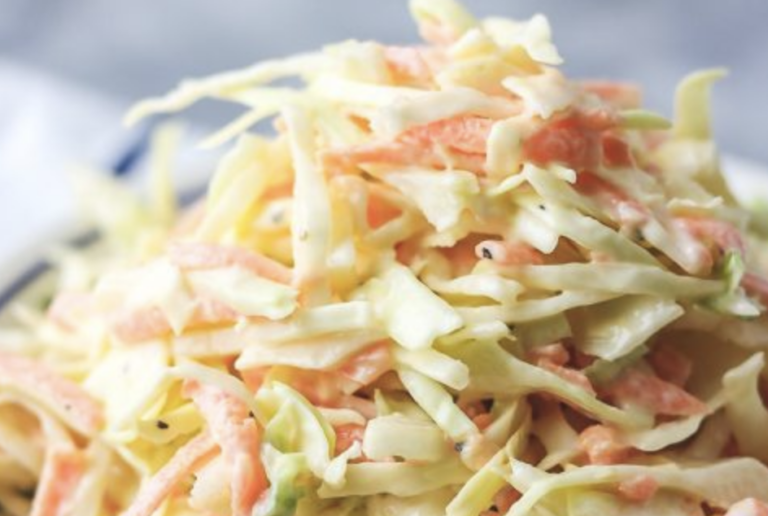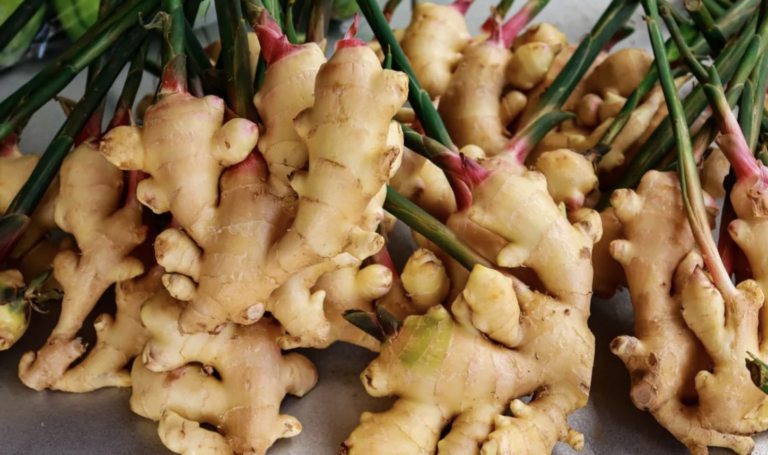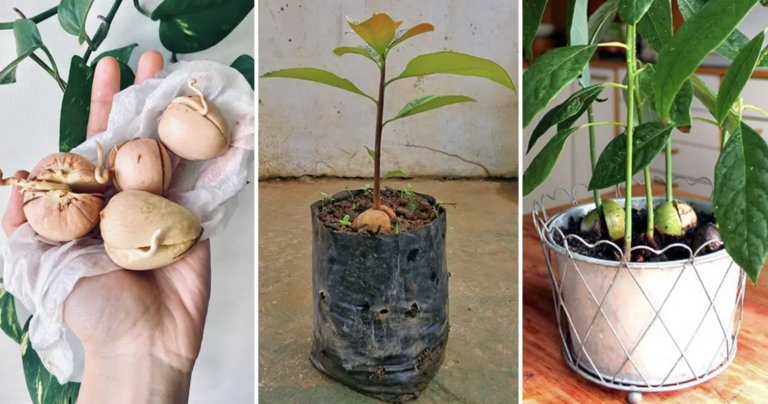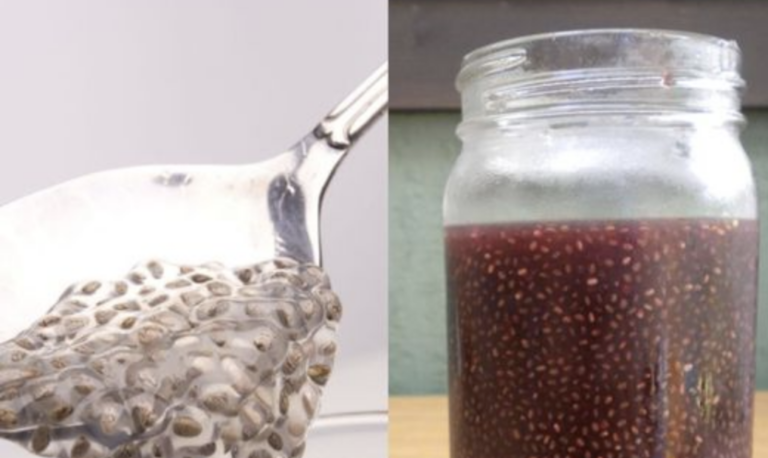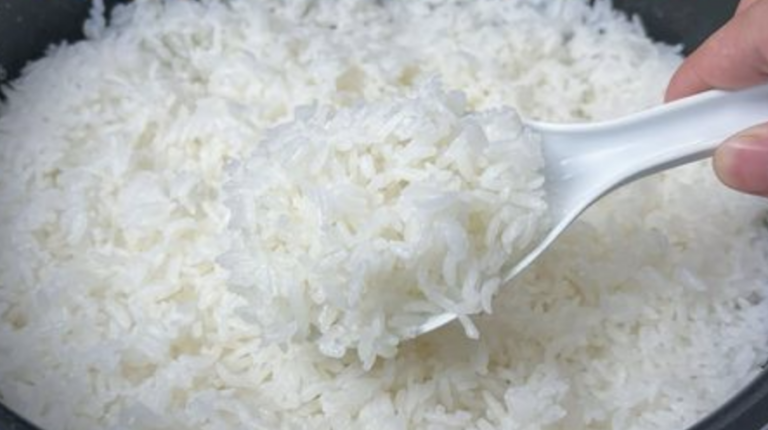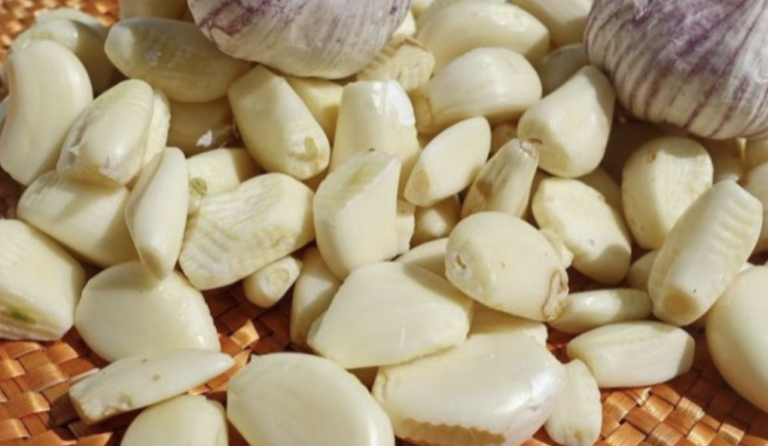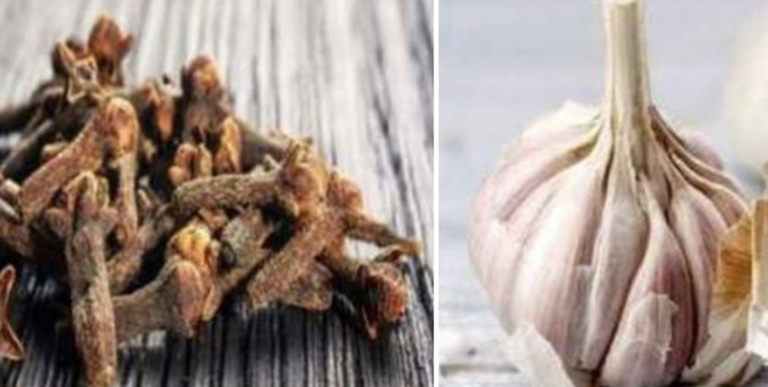As the sun climbs higher and the days stretch out, nothing quite compares to the refreshing zest of a homemade pineapple lemonade. Perfect for sipping on your porch or while lounging in your garden, this sugar-free delight is both delicious and easy to whip up. Let’s get into how you can create this sunny beverage in just a few simple steps.
Ingredients:
- 1 cup fresh pineapple chunks
- Juice of 4 large lemons
- 4 cups cold water
- A handful of fresh mint leaves (optional for garnish)
- Ice cubes
- Sweetener of choice (like stevia or erythritol), to taste
Directions:
- Prepare the Pineapple: Start by blending the fresh pineapple chunks until smooth. Pineapple not only gives a tropical twist but also naturally sweetens our lemonade, so there’s no need for added sugar.
- Juice the Lemons: Next, squeeze the juice from the lemons. Lemon juice is fantastic for its vibrant tang and also packs a punch of vitamin C.
- Mix: In a large pitcher, combine the pineapple puree and lemon juice. Stir in cold water to dilute and balance the flavors. This step is all about tweaking to your taste, so feel free to adjust the proportions of lemon juice and water based on how tart or mild you prefer your lemonade.
- Sweeten If Needed: If you find the lemonade a bit too tart, add a sprinkle of your chosen sweetener. Sweeteners like stevia or erythritol are great as they sweeten without the extra calories or impact on blood sugar, making them perfect for a healthy lifestyle.
- Chill: Add plenty of ice cubes to the pitcher. If you have time, you can put the pitcher in the refrigerator for about an hour to let the flavors meld together beautifully.
- Serve: Pour the chilled lemonade into glasses. Garnish with fresh mint leaves to add a pop of color and an extra layer of refreshing flavor.
Health Benefits:
This pineapple lemonade isn’t just tasty—it’s also hydrating and packed with nutrients. Pineapple is a wonderful source of antioxidants and aids in digestion, while lemons are known for their immune-boosting properties.
So, whether you’re looking to cool off after some time in the garden or just want a tasty companion to your afternoon read, this pineapple lemonade is sure to do the trick. Enjoy the natural sweetness and vibrant flavors, all while keeping things light and healthy. Cheers to a refreshing day!

